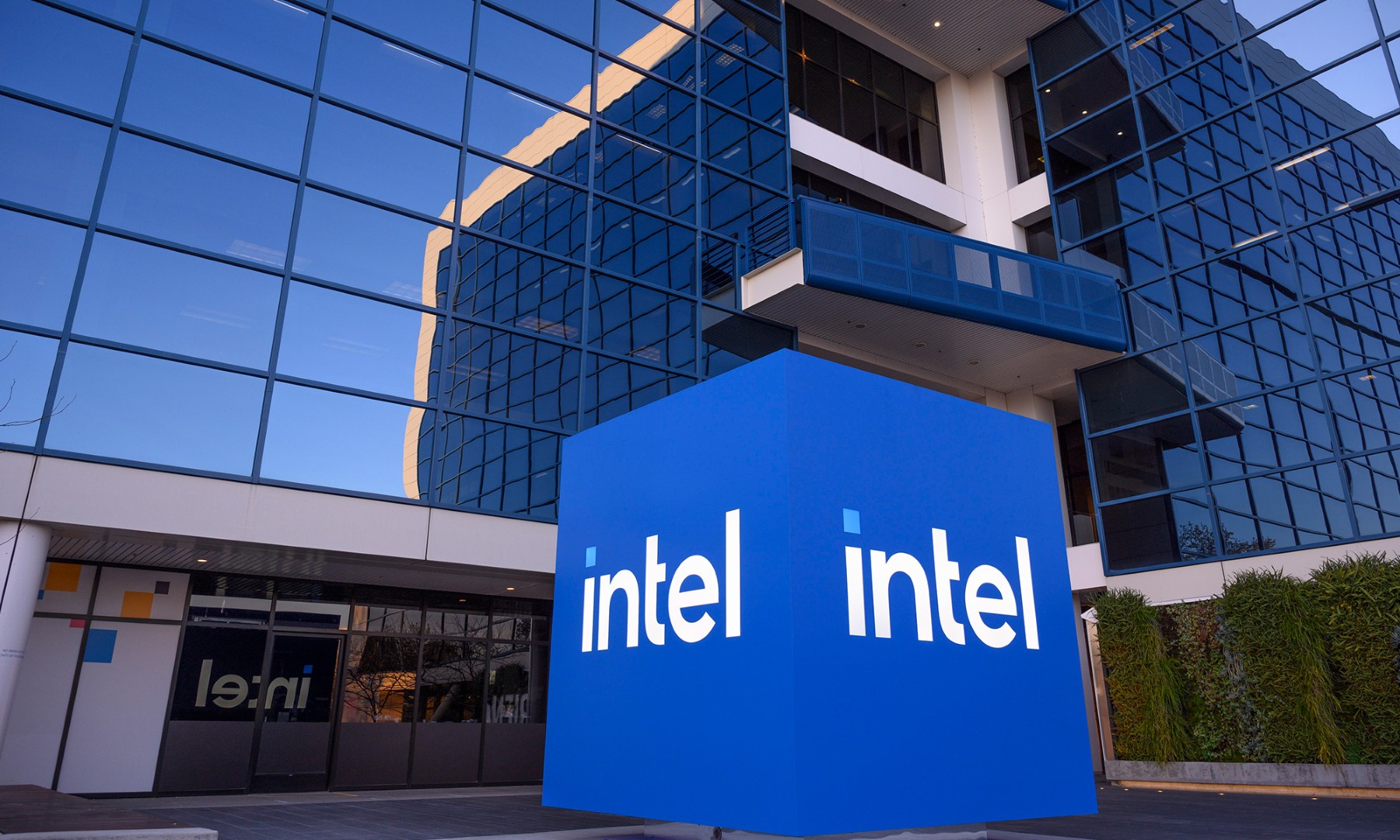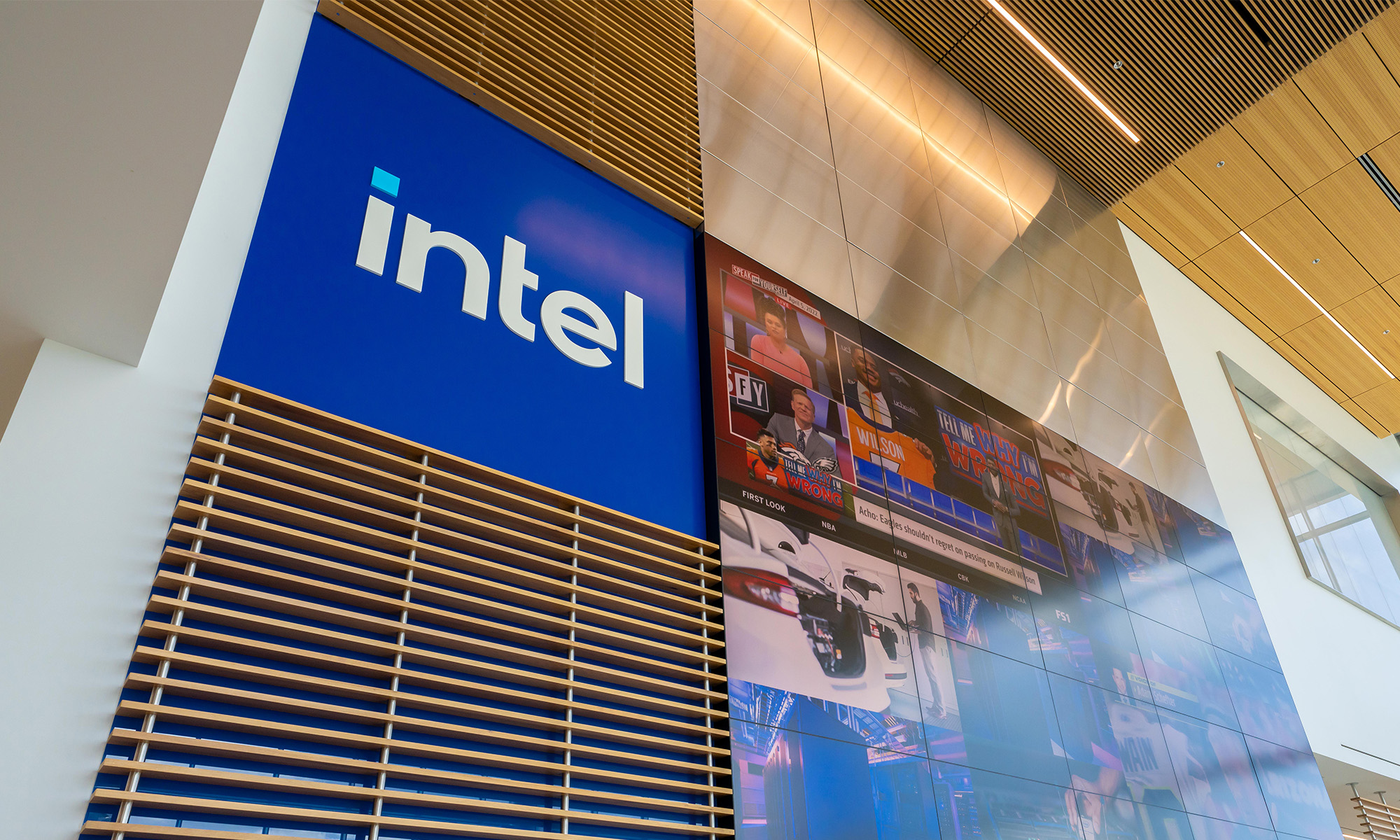When investors are on the hunt for dividends, the utilities and consumer staples sectors are often the best places to look. Indeed, the usual suspects are a good source of hefty payouts. But the technology sector is a surprising source of dividends as well.
Two technology giants in particular have proven their worth as strong dividend stocks: Microsoft (MSFT +1.20%) and Intel (INTC +1.70%). Over the past several years, both Microsoft and Intel have answered investors' calls for income. Since they generate lots of free cash flow with low debt and little capital expenditure requirements, Microsoft and Intel can easily afford to reward their shareholders with growing dividends.
Here's which one has the stronger dividend.
Dividend track record: Microsoft
At their April 7 closing prices, both Microsoft and Intel offered roughly 3% dividend yields. As a result, they both offer the same amount of income for each dollar invested. But investors should be concerned with which company has the better ability to grow its dividend over time, and in that regard, Microsoft is the winner.
Intel has raised its dividend by 8% per year, on average, over the past five years. Intel's dividend growth has slowed down over this period, because its earnings growth has slowed as well. This is due mostly to the slowdown in global PC shipments. Intel derives nearly two-thirds of its revenue from its personal computer segment.
To its credit, Intel still generates a lot of cash, which allows it to keep pumping out dividends. Intel produced $10.3 billion of free cash flow last year and paid $4.4 billion of dividends, for a very comfortable 42% free cash flow payout ratio.
By contrast, Microsoft has exhibited much higher dividend growth than Intel for many years, and a lower payout ratio as well. Microsoft generated $9.9 billion of free cash flow in the first two quarters of its current fiscal year. The company paid $4.8 billion of dividends in this period, for a 48% payout ratio. Microsoft's payout ratio is slightly higher than Intel's, but its dividend growth has been far greater, at 18% compounded annually over the past five years. That's more than double Intel's dividend growth rate during this period.
Better future prospects: Microsoft
Going forward, it's likely Microsoft will retain its dividend advantage. That's because it has embraced the cloud revolution. Office 365 Home and Personal subscriptions jumped 30% to over 9.2 million last quarter. Because of this, Microsoft's commercial cloud revenue soared 114%, to a $5.5 billion annualized revenue run-rate.
Meanwhile, Intel is spending a lot of money on its mobile business, but the investment isn't paying off. Intel lost $4.2 billion in mobile last year, up 35% from a $3.1 billion loss in 2013. Its major push into mobile has drained a lot of the company's cash, which has weakened its balance sheet. Cash and cash equivalents totaled $2.5 billion at the end of last year, down from $8.5 billion two years prior.
By contrast, Microsoft has a balance sheet stuffed with cash. It held $85 billion in cash, equivalents, and short-term investments on its balance sheet at the end of 2014, up from $63 billion two years ago. In fact, Microsoft is one of only three companies to hold the coveted triple-A credit rating from Standard & Poor's. With so much cash, Microsoft could leverage its balance sheet to borrow money at extremely low rates and use the proceeds to increase cash returns even more in the future. However, Intel does not have this luxury, due to its cash drain.
Better tech dividend: Microsoft
Intel is still very reliant on the personal computer, and as a result, its growth has slowed down in recent years. This is despite notable success in new growth businesses like data centers and the Internet of Things. It's likely Microsoft will continue to grow revenue and earnings faster than Intel going forward, and because of this, should grow its dividend at faster rates than Intel as well. Microsoft and Intel yield about the same right now, but in terms of which company will generate more income over time, go with Microsoft.







